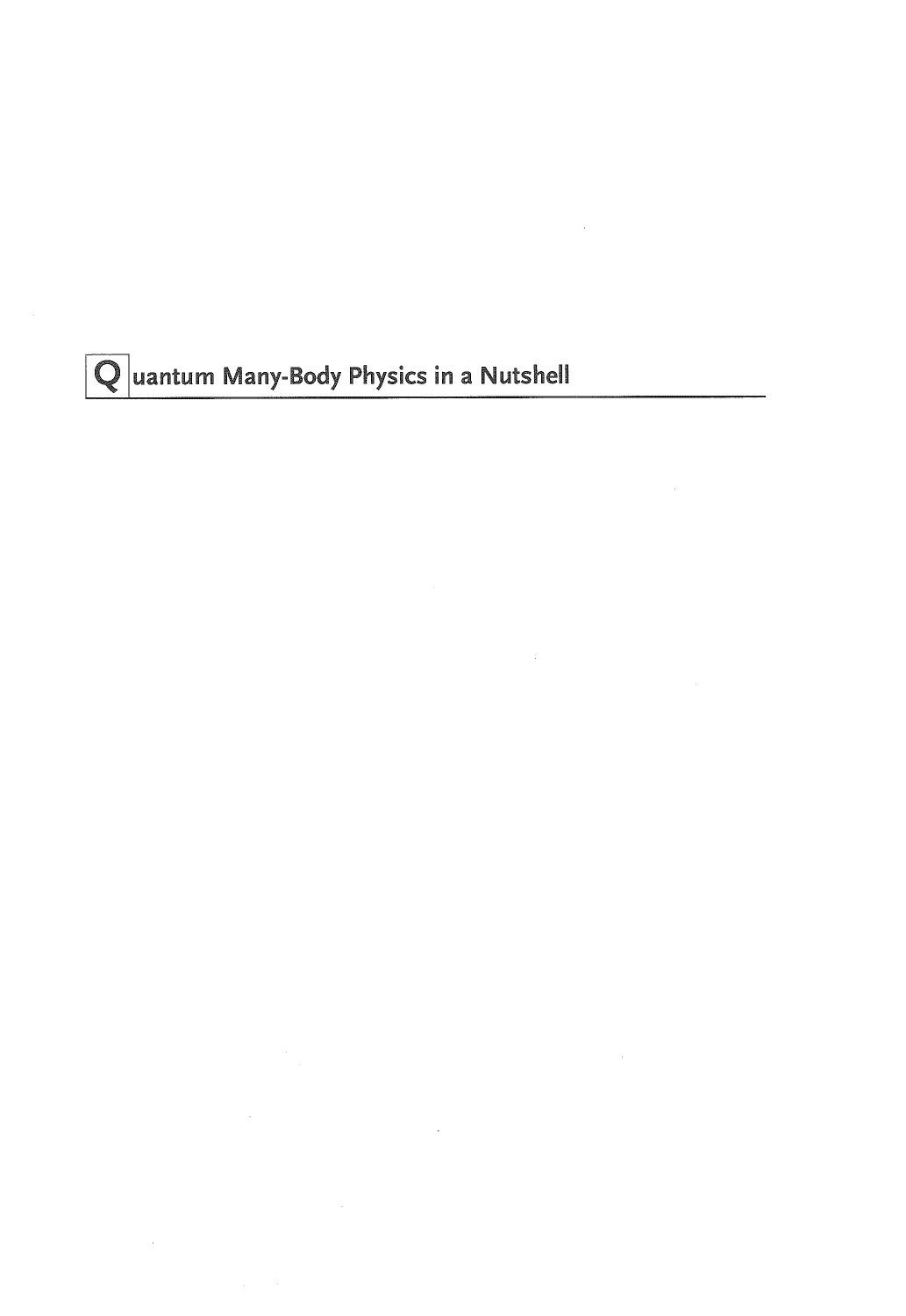

Most ebook files are in PDF format, so you can easily read them using various software such as Foxit Reader or directly on the Google Chrome browser.
Some ebook files are released by publishers in other formats such as .awz, .mobi, .epub, .fb2, etc. You may need to install specific software to read these formats on mobile/PC, such as Calibre.
Please read the tutorial at this link: https://ebookbell.com/faq
We offer FREE conversion to the popular formats you request; however, this may take some time. Therefore, right after payment, please email us, and we will try to provide the service as quickly as possible.
For some exceptional file formats or broken links (if any), please refrain from opening any disputes. Instead, email us first, and we will try to assist within a maximum of 6 hours.
EbookBell Team

4.1
50 reviewsThe ideal textbook for a one-semester introductory course for graduate students or advanced undergraduates
This book provides an essential introduction to the physics of quantum many-body systems, which are at the heart of atomic and nuclear physics, condensed matter, and particle physics. Unlike other textbooks on the subject, it covers topics across a broad range of physical fields―phenomena as well as theoretical tools―and does so in a simple and accessible way.
Edward Shuryak begins with Feynman diagrams of the quantum and statistical mechanics of a particle; in these applications, the diagrams are easy to calculate and there are no divergencies. He discusses the renormalization group and illustrates its uses, and covers systems such as weakly and strongly coupled Bose and Fermi gases, electron gas, nuclear matter, and quark-gluon plasmas. Phenomena include Bose condensation and superfluidity. Shuryak also looks at Cooper pairing and superconductivity for electrons in metals, liquid ³He, nuclear matter, and quark-gluon plasma. A recurring topic throughout is topological matter, ranging from ensembles of quantized vortices in superfluids and superconductors to ensembles of colored (QCD) monopoles and instantons in the QCD vacuum.
Proven in the classroom, Quantum Many-Body Physics in a Nutshell is the ideal textbook for a one-semester introductory course for graduate students or advanced undergraduates.